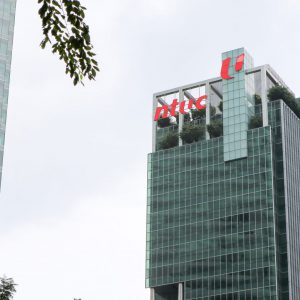Constrained agencies: The emergence of Singapore’s distinctive temporary staffing industry
May 9, 2021

Labour Day is celebrated every 1 May in Singapore. It is designated as a public holiday to honour workers and their contributions to society. In 2020, overcoming the COVID-19 pandemic was at the forefront of PM Lee Hsien Loong’s May Day Message. PM Lee took the opportunity to address issues on the pandemic, plans on restarting the economy, and resulting structural changes to the economy. ‘Safe Distancing Ambassadors’ and temperature takers were some of the new temporary jobs created as Singapore adjusted to a ‘new normal’.
Singapore is part of the ‘new frontier for temporary staffing’ in Asia. Its unique staffing market is organised as a blend of liberal market economies and social democratic regimes. This unique relationship between the state, businesses and civil society is explored in ‘Constrained agencies: The emergence of Singapore’s distinctive temporary staffing industry’ (Asia Pacific Viewpoint, 2018). NUS graduate Amanda Yip and Professor Neil Coe from the NUS Department of Geography take particular interest in Singapore’s temporary labour market for its unique temporary staffing industry.
Due to Singapore’s centrality in the region, its labour staffing market is a viable option for transnational firms gain a foothold into region. This creates implications on Singapore’s staffing agencies which are fragmented and few in number. In contrast to the West, local employment agencies often respond to market demand rather than influence the market, inevitably valuing the quantity of workers over the quality of their services.
However, focusing on the quantity of workers produces precarity in Singapore’s temporary labour market. Permanent placements are viewed favourably by employers and employees alike, while temporary positions are stigmatised by a sense of inadequacy. This leaves the temporary staffing industry to be characterised by high turnover rates.
Recognising the ill-effects of the local labour market culture, the Singapore Government and labour unions intervened to correct these shortcomings. The government introduced stringent regulations, while labour unions attempted to articulate the concerns of everyday workers to policymakers. However, the authors note that the government has not intervened adequately, whereas the effectiveness of labour unions was viewed with scepticism. Through Singapore’s unique organisational structure, the authors posit that Singapore’s temporary labour market proffers insights to more ‘established’ markets.
Read the full article here.
